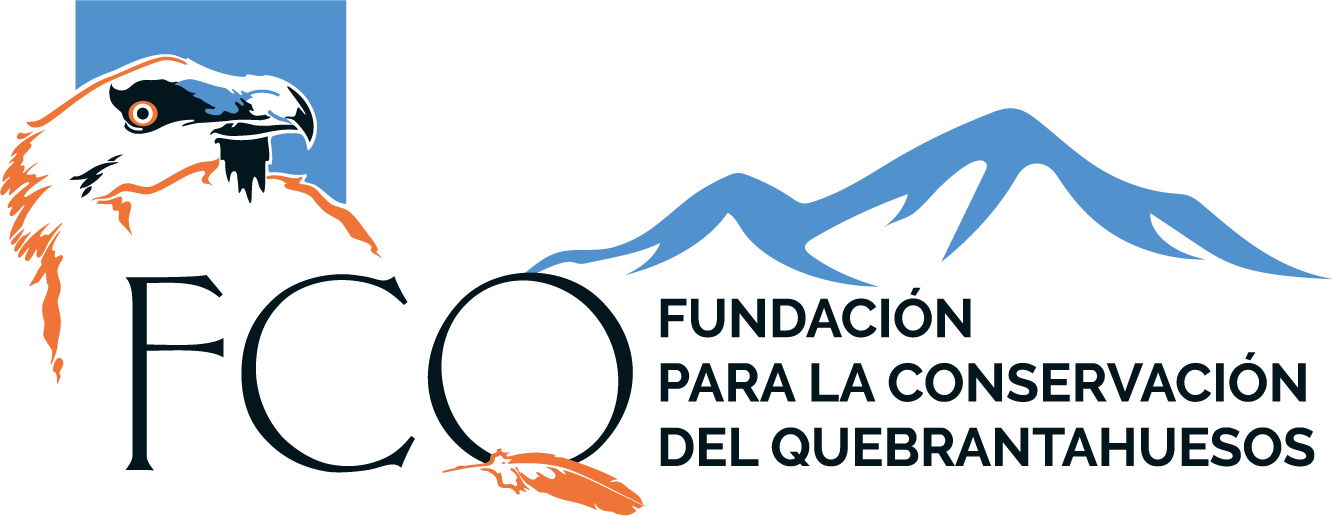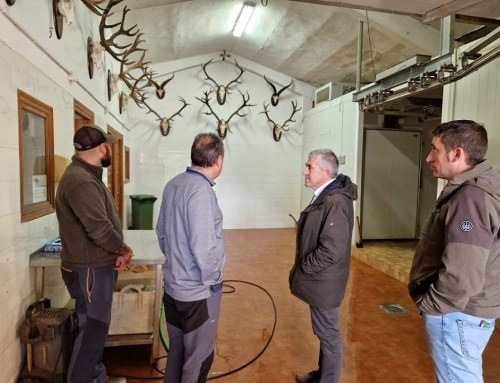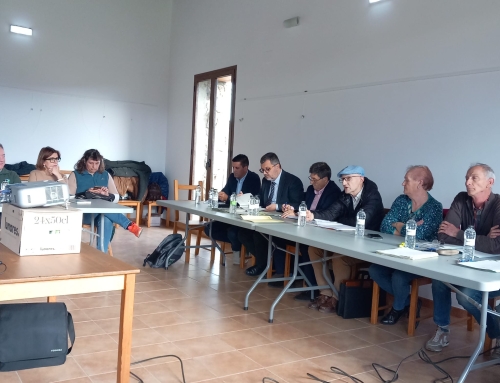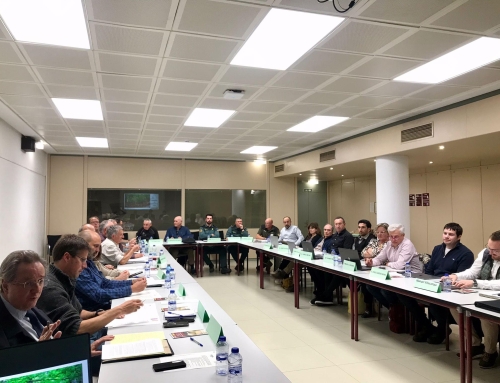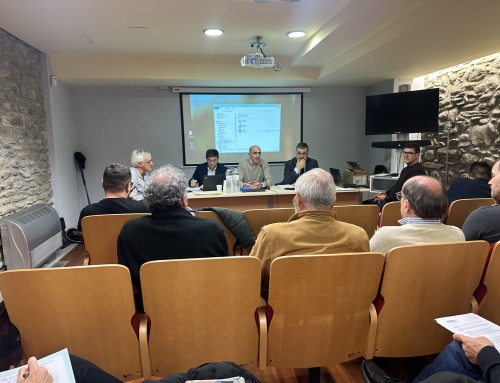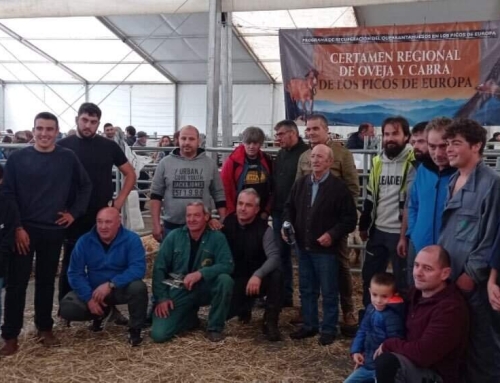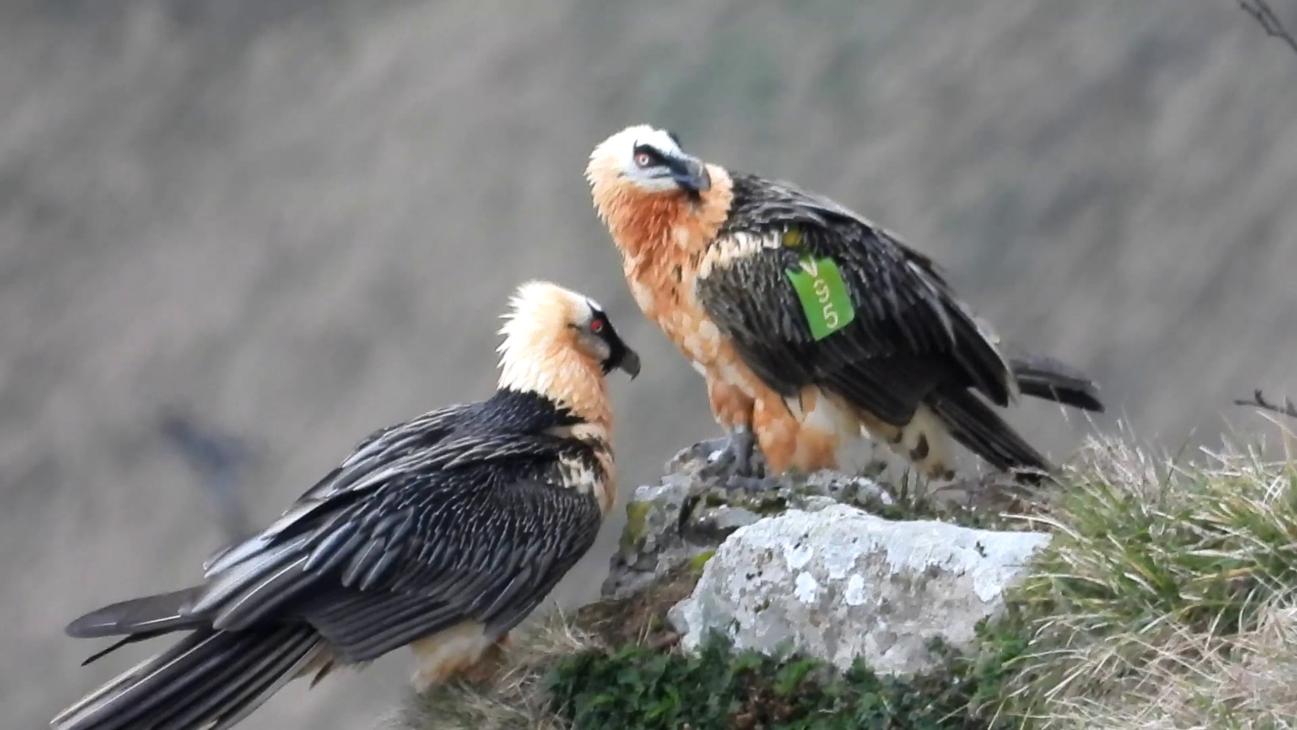
The bearded vulture ‘Araitz’ is already flying in Aralar.
The flight of the first bearded vulture born in Aralar is a “historic milestone”.
The work carried out by the Provincial Council, together with other institutions, has made it possible for a couple to settle in Gipuzkoa.
In the nature that surrounds us, right here in Gipuzkoa, there are sometimes small events that may go unnoticed by most people, but which represent a historic moment.
This is the case of the first flight of a bearded vulture born in Aralar, a species in danger of extinction.
Its name is Araitz and these days it is making its first flights over the Aralar mountain range, which is is “a historic milestone from the point of view of the recovery and conservation of the fauna in Gipuzkoa, since there are no precedents in the bibliography”. This is how the deputy of Green Territorial Balance, Xabier Arruti, has described it, adding that “it is not by chance, but the the fruit of a great deal of workThe work of the Wildlife and Flora Service and the forest rangers of the Provincial Council, in collaboration with other institutions, has happily borne fruit and deserves to be made known”.
In danger of extinction This is a species catalogued in the BAC as in danger of extinction.
According to the Provincial Council of Gipuzkoa in a statement, “the process of colonization of this bird is very slow and it has taken more than 30 years to see a young bearded vulture flying in the territory.
Already in the 1990s the rangers began to see a few specimens in Aralar.
The number of outings to the mountain increased and so did the sightings of the species”. Consequently, they contacted the Ministry’s coordinator in Madrid at that time, Rafael Heredia, to inform him of the facts. Heredia went to Gipuzkoa and specifically to Aralar in the company of the technical staff of the Provincial Council, giving “enormous relevance” to the presence of the bird in the mountains.
The Diputación de Gipuzkoa points out that in the last century, the species was almost on the verge of disappearing in Europe and the few remaining specimens took refuge in the Pyrenees.
According to the Fauna and Wildlife Service ranger, Mikel Olano, the experts of the Ministry considered that the colonization of the bearded vulture in the so-called “Basque mountains” was of vital importance so that it could later spread to other territories, such as Picos de Europa, thus serving these mountains as a corridor.
The next step was a trip to Madrid for the meeting of a joint working group on the species, with the participation of representatives of the Spanish Ministry, Aragon, Catalonia, Navarra and Gipuzkoa.
Thus, in the Gipuzkoa part of Aralar, it was decided to install a P.A.S. (Supplementary Feeding Point) or trough, being the only official trough installed in the mountain range, with the responsibilities and work that its maintenance entails.
Following instructions, in 1997 it was put into operation.
“Every week, winter after winter, the rangers have worked hard to supply the feeder, often in very adverse conditions of snow, strong wind, fog…,” Olano points out.
It was known that these feeders had an enormous importance in linking pairs of lammergeyers to a territory, which was proven over time.
Soon, solitary bearded vultures began to be seen in the area.
In 2011, a marked lammergeier was found to be a frequent feeder user.
It was ‘Kiriku’, born in Navarra, specifically in the surroundings of the Arbaiun canyon.
In 2015, this bird was managed to be trapped at the feeder and a GPS was placed on its back to be able to monitor its movements, together with technicians from the Government of Navarra.
In 2016 a companion approached it and they formed a pair.
In 2017 another specimen appeared and they went from a pair to a trio.
They were ‘Kiriku’, marked by GPS and bands on the wings, male; ‘Muel’, female arrived from Aragon, with Patagonian markings; and ‘Eder’, an elegant unmarked male.
In 2019 they laid down for the first time and started incubating, but did not raise young. In 2020 ‘Kiriku’ disappeared and returned to stay as a pair.
It has taken until 2024 for this ‘Muel’ and ‘Eder’ to succeed and see their chick, Araitz, fly.
“If the feeder had not been installed and maintained correctly the settlement of the pair would surely not have occurred.
In addition, coordination between the Provincial Council and the Government of Navarre has been constant, since Aralar is divided between the two territories, but these birds know no borders and collaboration is an indispensable ingredient for proper management, so we will continue along the same lines,” explained Arruti.
Aralar is not the only good news, since, according to the Provincial Council, two and a half years ago another SFP or special feeder was installed in Aizkorri, which has already yielded results: 11 different birds have been identified, of which one, named ‘Aloña’, decided two and a half years ago to settle in the environment .
“In Gipuzkoa we have an environmental heritage of great value, a real treasure whose care we have to ensure between all of us, so that it reaches the next generations. This legislature we will continue to strengthen the preservation of the natural environment and biodiversity, within the commitment we have made for the green balance and the fight against climate emergency, “concluded the Deputy About the species The bearded vulture(Gypaetus barbatus) is a species of vertebrate bird accipitriforme of the family Accipitridae.
It is a vulture remarkably distinct from other similar birds of prey.
It gets its name from its habit of picking up bones and shells to great heights, releasing them, smashing them against rocks and ingesting them for food.
It is threatened in large areas of its distribution, and in the European continent it is in serious danger of extinction, having disappeared from several regions where it was once abundant.
Its wingspan varies between 2.75 and 3.00 meters.
Its characteristic features are its long, narrow wings, long diamond-shaped tail and the fact that its head is covered with feathers, unlike the rest of the vultures.
This is due to the fact that it does not introduce its head and neck into the bodies of dead animals, but is an osteophagous species (in fact, it is the only bird that feeds almost exclusively on bones).
Source: https://www.ondavasca.com/el-quebrantahuesos-araitz-ya-vuela-por-aralar/
